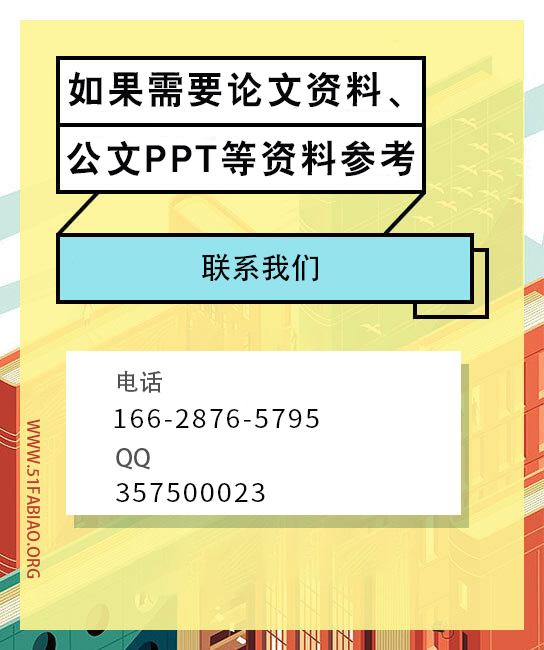• Two key resources:
• Referee criteria from relevant journals, and
• Results of research by Applied Linguists on the structure of research articles
• Used in parallel these can drive construction of an effective paper
The IMRaD article structure
• A historical form for experimental papers that has grown out of a tradition begun in 1665
• Provides a structure to enable authors to tell the story of their research:
• Not the story they thought they would tell when they planned the research, but
• The story they can tell now the results are analysed and the implications thought through.
• Some variation occurs in the structure – always check your target journal to be sure
• Scan several issues, and read several papers, for clues
The IMRaD article structure
• A historical form for experimental papers that has grown out of a tradition begun in 1665
• Provides a structure to enable authors to tell the story of their research:
• Not the story they thought they would tell when they planned the research, but
• The story they can tell now the results are analysed and the implications thought through.
• Some variation occurs in the structure – always check your target journal to be sure
• Scan several issues, and read several papers, for clues
The IMRaD article:
Introduction, Methods, Results and Discussion (Weissberg and Buker 1990

For theoretical
mathematical papers…
Notes on IMRaD Diagram 1
• This is a conceptual diagram: It is the width and shape of the boxes that is important, not their depth (i.e. no reference is intended to the length of the section)
• The whole structure is governed by the Results/Body box
• Introduction begins much ‘broader’, making firm contact with the selected audience, at the logical contact point
• Between start and end of Intro, background info. and previous work are woven together to justify the study
• Introduction ends with the aim of the present study or a summary of the main outcomes of the study (depending on the research field and the journal conventions)
IMRaD continued
• Method (where present) establishes credibility for Results by showing how they were reached and why they should be trusted
• Discussion begins at same ‘width’ as Results, but by the end is the same width as the start of Introduction – addressing the same ‘big picture’ issue as was the focus at the beginning
• Sometimes Results and Discussion can be combined in an experimental paper; then the paper may also have a Conclusion to address the big picture
Language use in the sections
• Different kinds of information are typically found in the different sections
• Language features also differ between the different sections, for example
• specific vocabulary items, and
• the use of particular tenses
• The exercise on the next slide features some typical wordings from several different sections of an experimental arti


